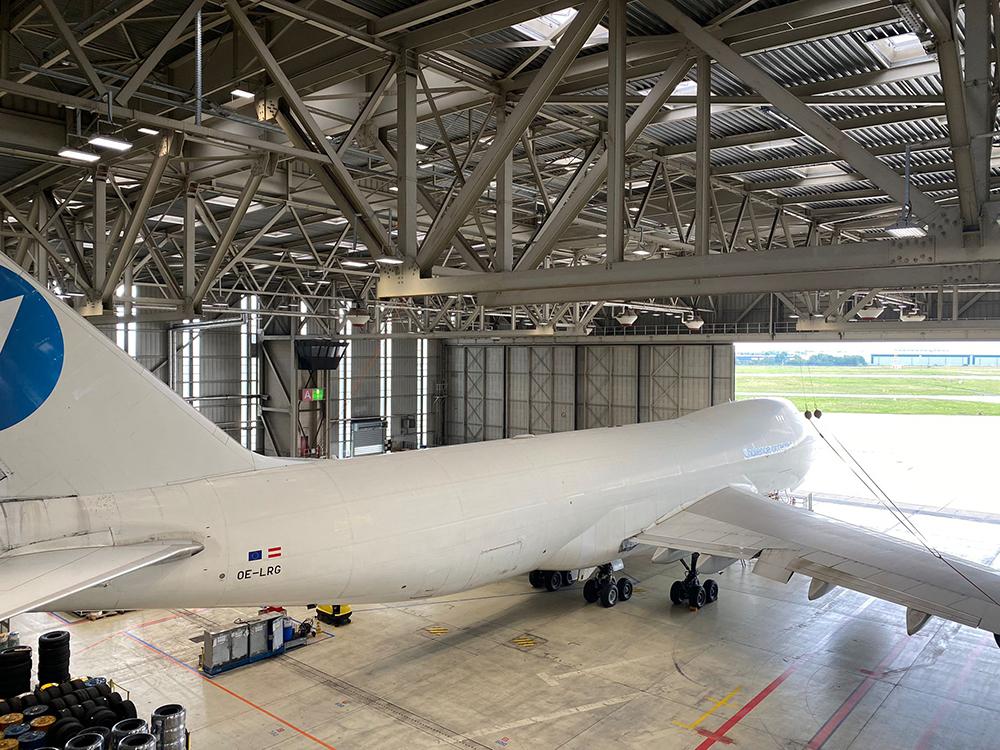
The Challenge Group’s aftermarket services will now extend to recycled spare parts following a renewed strategic direction it announced last month.
The group recently hired Eyjolfur Vestmann Ingolfsson to head its materials and logistics department and augment its portfolio in recycled aircraft parts, a market worth U$ 2.2 billion globally, it claims.
Spare parts and recyclable raw materials are in huge demand, so the company is actively seeking and increasing its focus on sourcing and supplying these components in anticipation of growing demand both within the aviation sector and other industries.
“Currently, the bulk of our recycled aftermarket material comes from aircraft undergoing cargo conversions,” Ingolfsson tells Aviation Week Network. “During a conversion, a significant number of components are removed and many of these can be re-certified and reused on operating passenger aircraft.”
Ingolfsson says Challenge's recycling activity is currently more of a byproduct rather than a core business on the supply side, but now the company is keen to procure recycled parts at every opportunity.
Third parties currently conduct the cargo conversion work for Challenge, but the company hopes to capitalize on the expertise of its various divisions in MRO, ground handling and air cargo for this new direction.
The ongoing backlog in production components supply and a shift toward more sustainable operations in the aftermarket are issues Ingolfsson highlights. He says recycled parts are more readily available compared to the lengthy and often delayed production times required for new components from the OEMs.
Challenge hopes this new approach will meet sustainability requirements by extending the life of critical aircraft components. “We are collaborating with platforms dedicated to aircraft recycling and spare parts reuse, and we only purchase recycled and regenerated parts from EASA [European Union Aviation Safety Agency]-certified providers,” Ingolfsson says. He sees a clear trend toward sustainability and an active conversions market to fire up this new area of expansion.
The industry is calling on stakeholders to find more efficient ways of managing repurposed parts. For instance, the Aircraft Fleet Recycling Association (AFRA) is aiming to improve voluntary practices for the removal, treatment and reuse of parts and materials from end-of-life products. By establishing guidance for circularity metrics and reporting standards, AFRA also hopes to enable the adoption of more circular practices throughout the aerospace industry.
Ingolfsson comments: “Along with more environmental awareness and with efforts to reduce the carbon footprint, the industry will look to source recycled rather than new manufactured components.”
Additionally, he sees an industry appetite for more digital marketplaces for trading parts. “Digitalization and automation are obviously the future; however, in some areas of the business, you will always need to build those personal relationships,” he says.
Ultimately, the aftermarket will be anxious to see how the sourcing and supply of recycled materials develops in the next few years, especially given the high repair costs and expensive OEM parts still lingering.
“I don’t anticipate the cost of repairs getting so high that repairing recycled parts will cease to be a viable option,” says Ingolfsson. “As it stands today, the demand for components is far greater than the OEMs are able to fill; thus, the need for recycled parts is both an economical one as well as environmental.”





